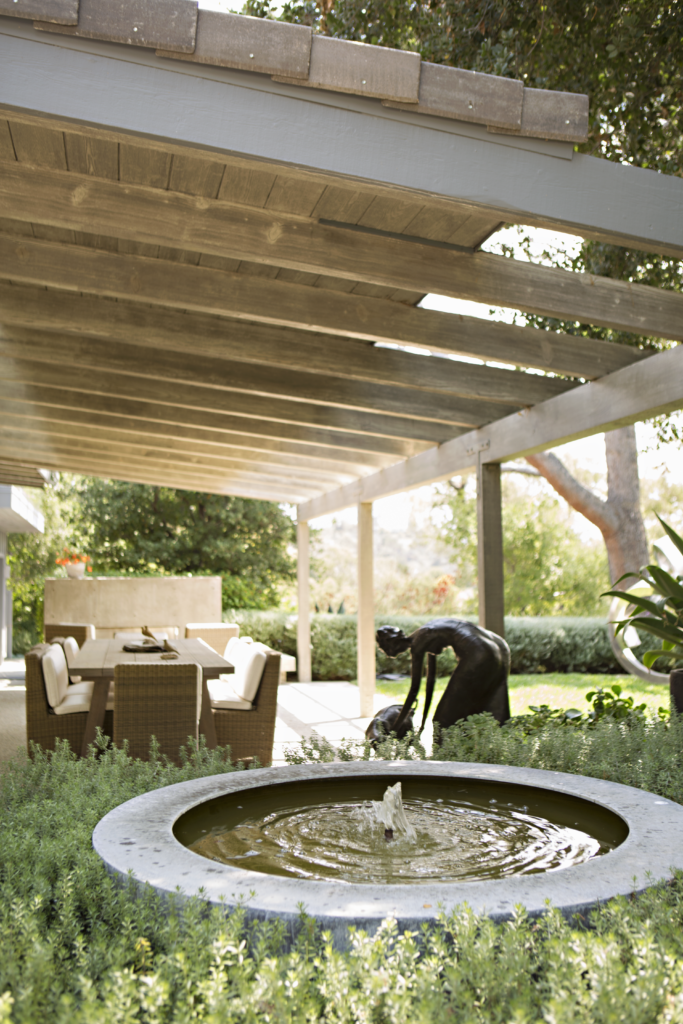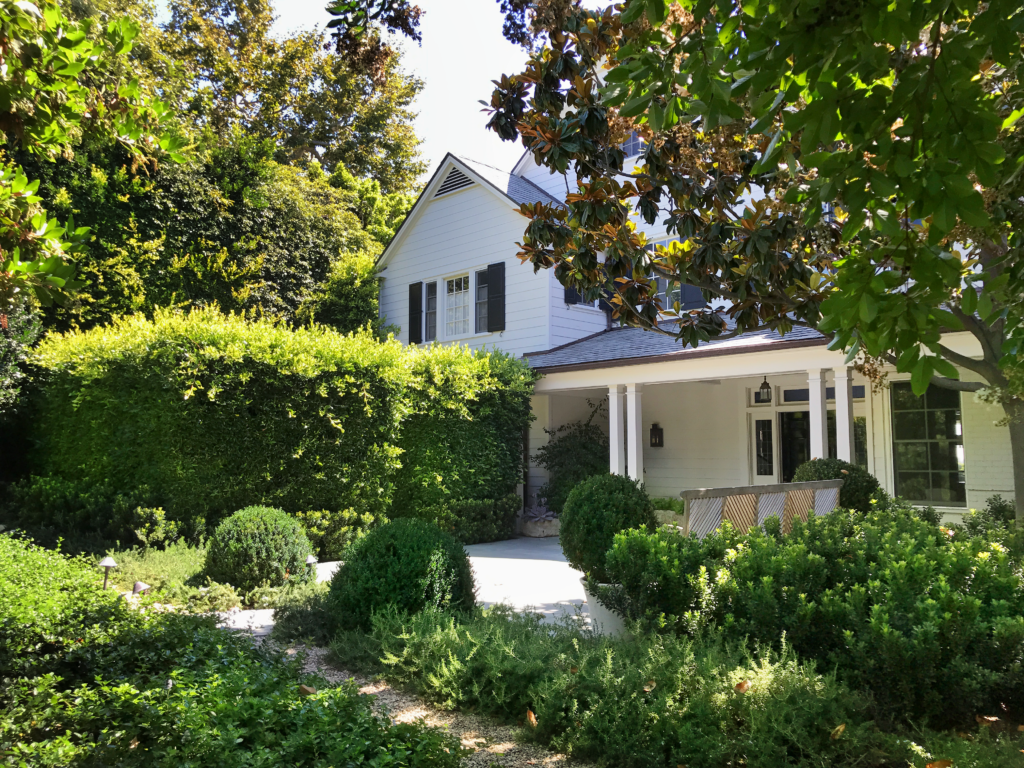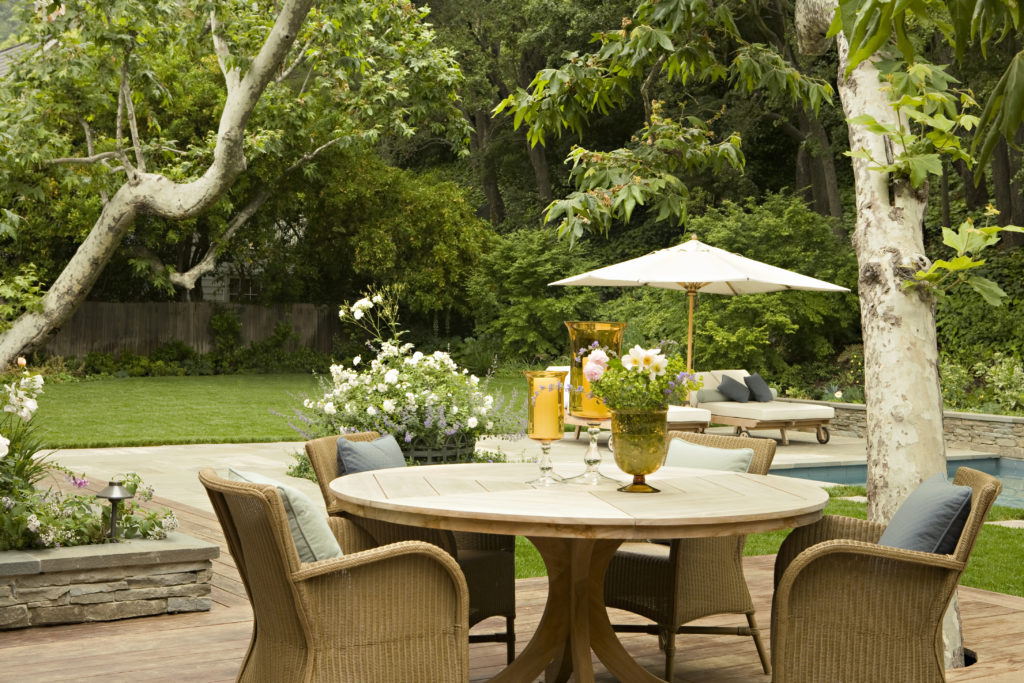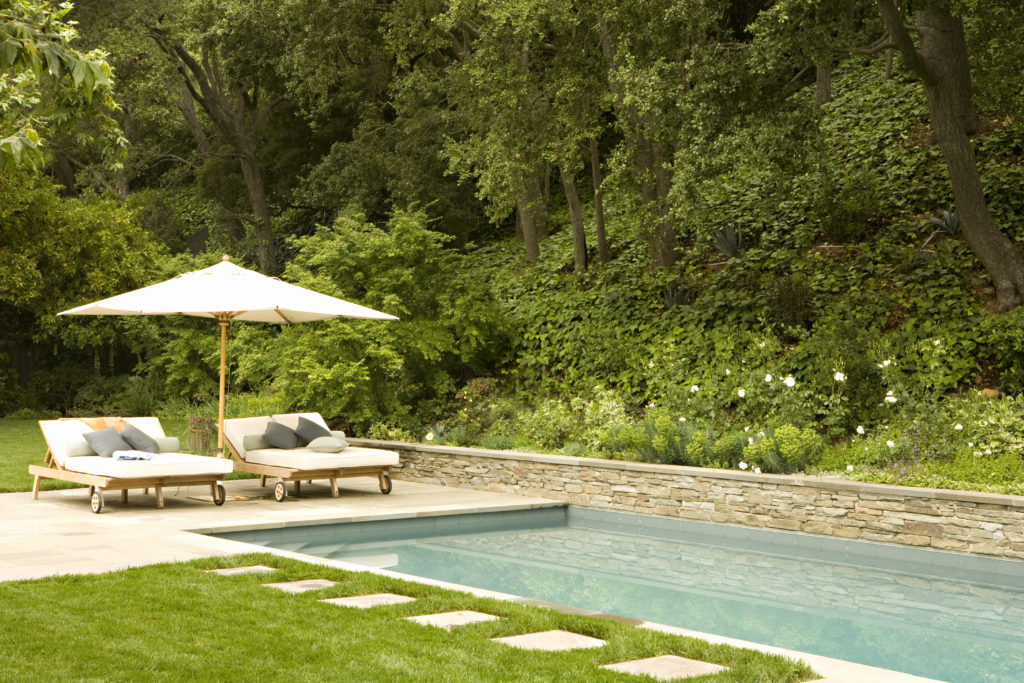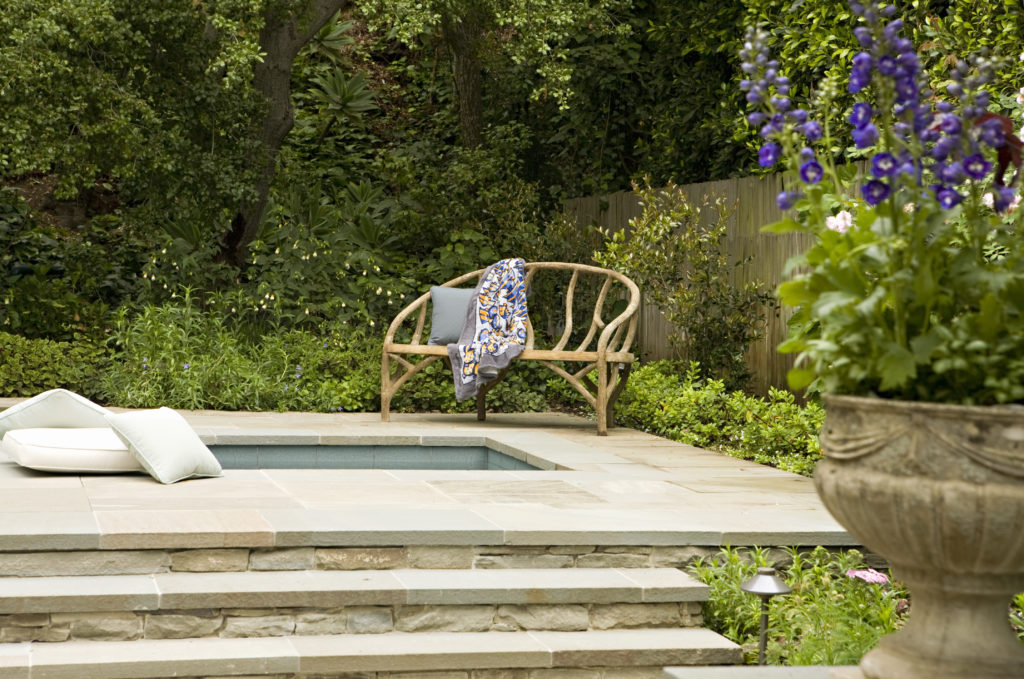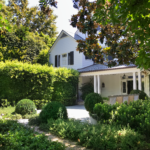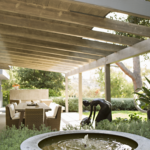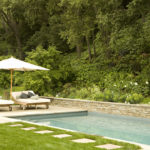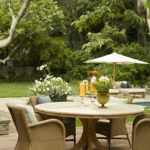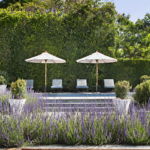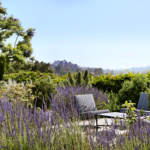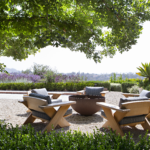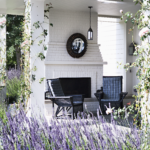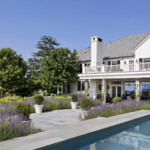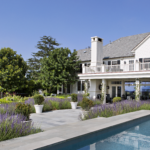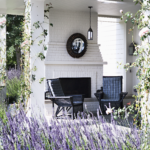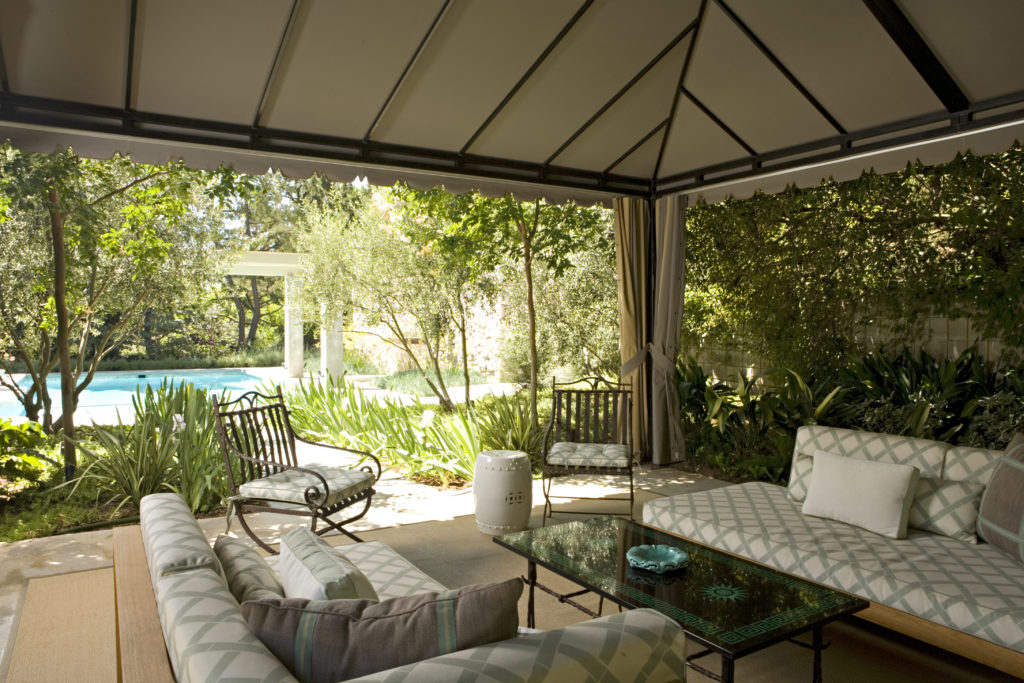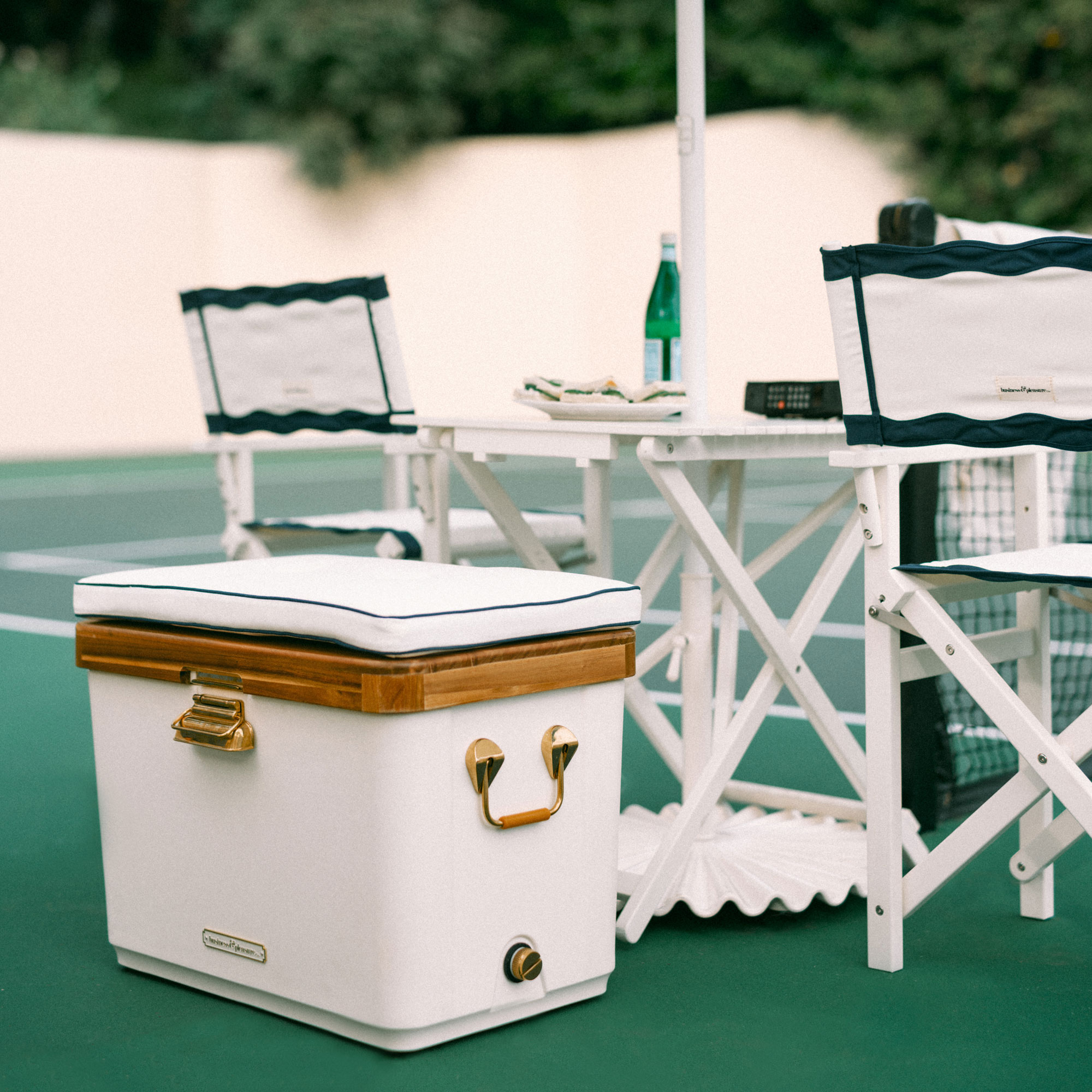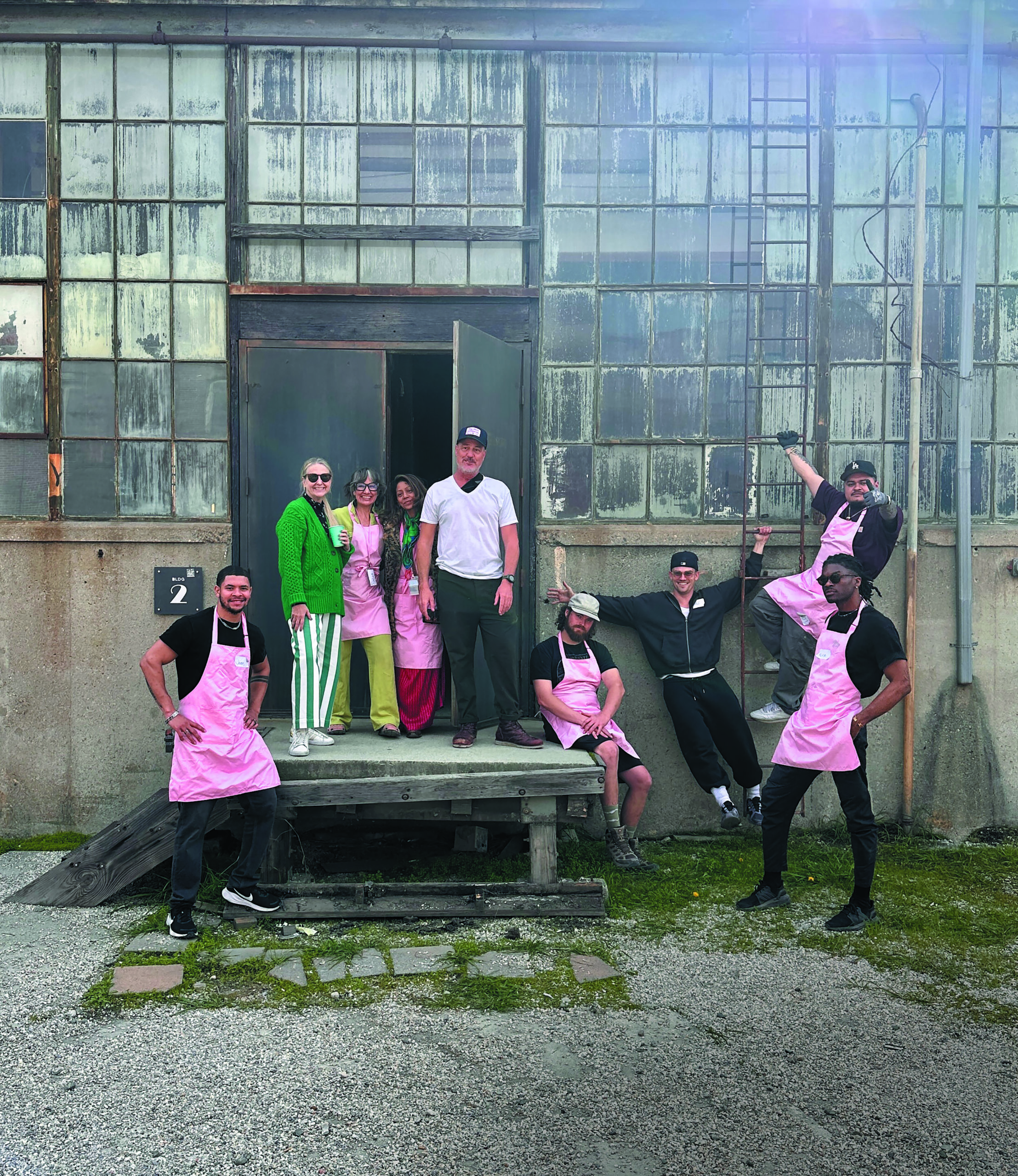Designer Crush: Benner Landscape Design
Author:Michelle KonstantinovskyAs the daughter of a suburban New Jersey landscape designer, Patricia Benner inherited her mother’s passion for gardening and her East Coast sensibilities. But these days, as a California transplant and the founder of Benner Landscape Design, the entrepreneur seeks out ways to bring a sense of lushness to the West Coast gardens she works with in her practice. With offices in Los Angeles and San Francisco, Benner Landscape Design covers landscape design and construction administration, illustrative details for elements of the landscape such as pools, garden arbors, fences, gates, etc., as well as planting and low voltage lighting design. Learn more in our Q+A below.
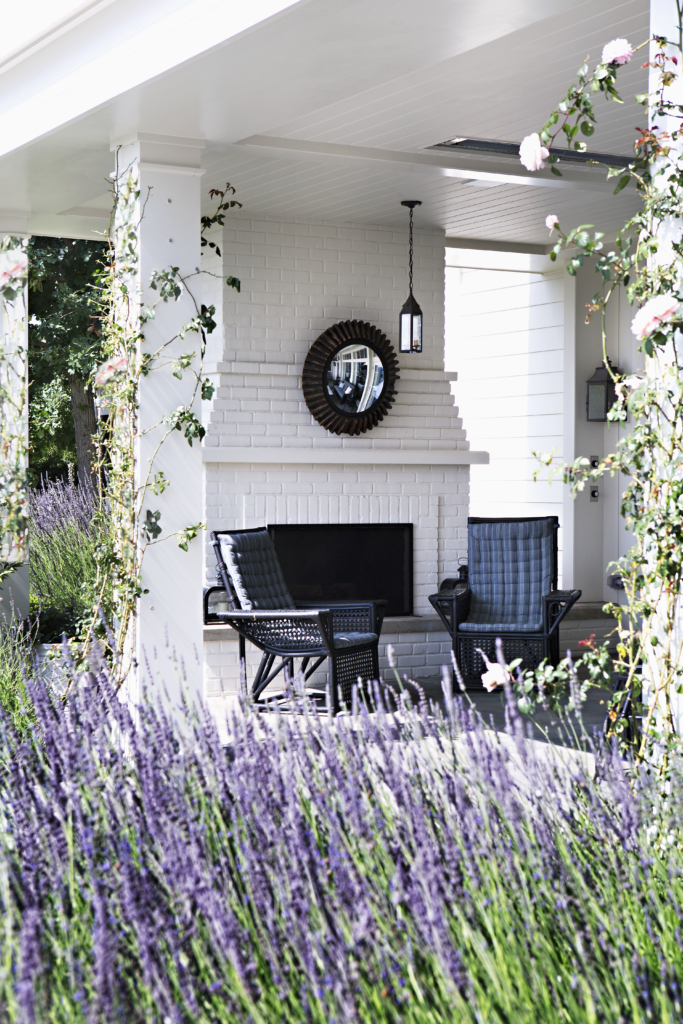
How did you get your start in landscape design?
My mother was a Landscape Designer back East. I grew up around the profession. When I bought my first house in L.A., she gave me a landscape plan for the house that I implemented, and I completely caught the bug! I have an MBA and was working in a management consulting position at the time, but I started night classes in the UCLA Extension Landscape Architecture program to see if I liked it. Mark Rios, a friend and mentor, suggested that if I really wanted good design training I should get a Masters in Landscape Architecture so I applied to the Masters program at USC and the rest is history.
What’s your process for getting to know each client?
I meet with the client at their house to get the lay of the land, study the architecture of the house, discuss their lifestyle and what they want to achieve in the garden. If they have collected images of gardens they like, we review them together. It’s during the initial Schematic Design phase that I really get to know the client. After our first meeting I start developing conceptual layouts for the garden, assemble concept images and make sketches to communicate my design thoughts to the client. Concept development is an iterative process where we discuss layout options and ideas, and I refine these options based on their feedback until we come to an agreement on a final detailed Schematic Design.
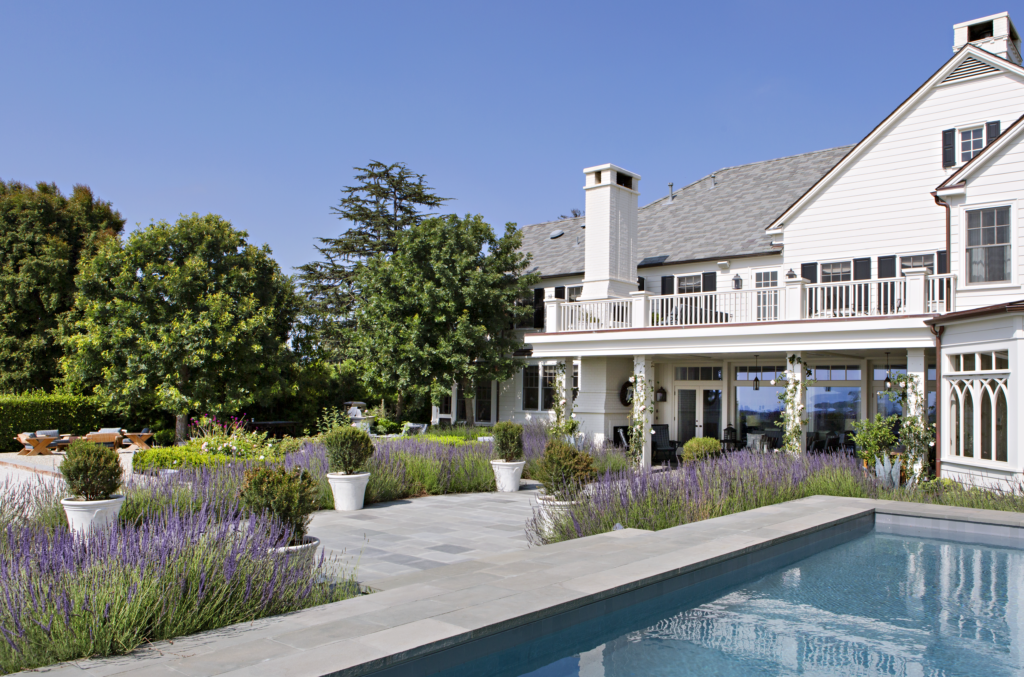
What are some of the biggest challenges in your line of work? Some of the greatest rewards?
Climate change is posing a major challenge in our field. City requirements for new landscapes are becoming more and more stringent as a move toward sustainability becomes imperative. Irrigation requirements require a shift to drought tolerant planting while runoff and drainage concerns are re-shaping the parameters of hardscape design. Clients who are used to maintaining extensive lawns with the plentiful water supplies of the past are greatly disappointed when they run up against the new restrictions.
To respond to the changing environment, I’ve thoroughly educated myself on native and drought tolerant planting and sustainable design. I’ve been delighted to add these beauties to my plant palette and I’m constantly experimenting with new combinations that feel lush and green even though they take less water. Educating clients on the design possibilities of a sustainable palette has been a fun and stimulating challenge.
Describe one particularly memorable project and tell us what made it so special.
I first had the opportunity to really immerse myself in the full range of drought tolerant and California native plants when I worked on the landscape for a new estate of a two-acre site in Montecito. The clients were building a new home with several outbuildings in what was essentially an oak grove with environmentally sensitive riparian zones on two sizes of the property. The site was magnificent and the architectural plans for the house divine.
Local development guidelines mandated that, with the exception of a small lawn area, all the plantings be drought tolerant. In some areas they had to be native only and further, riparian and native plantings only. It was quite an education! I also got to work with one of the prettiest tree-scapes I’ve encountered in my career so far…a multitude of specimen oaks graced the property.I love modernist architecture and one of my first landscape “crushes” was on Dan Kiley’s landscape work. I love his unique geometric layouts and how he manipulated these to create intimate spaces and broad sprawling expanses. I’m also influenced by the training I had in Classical architecture and am constantly drawing on the lessons I learned in Classical proportioning and scale to create spaces that “feel” right because of the mathematical harmony in their dimension and scale.
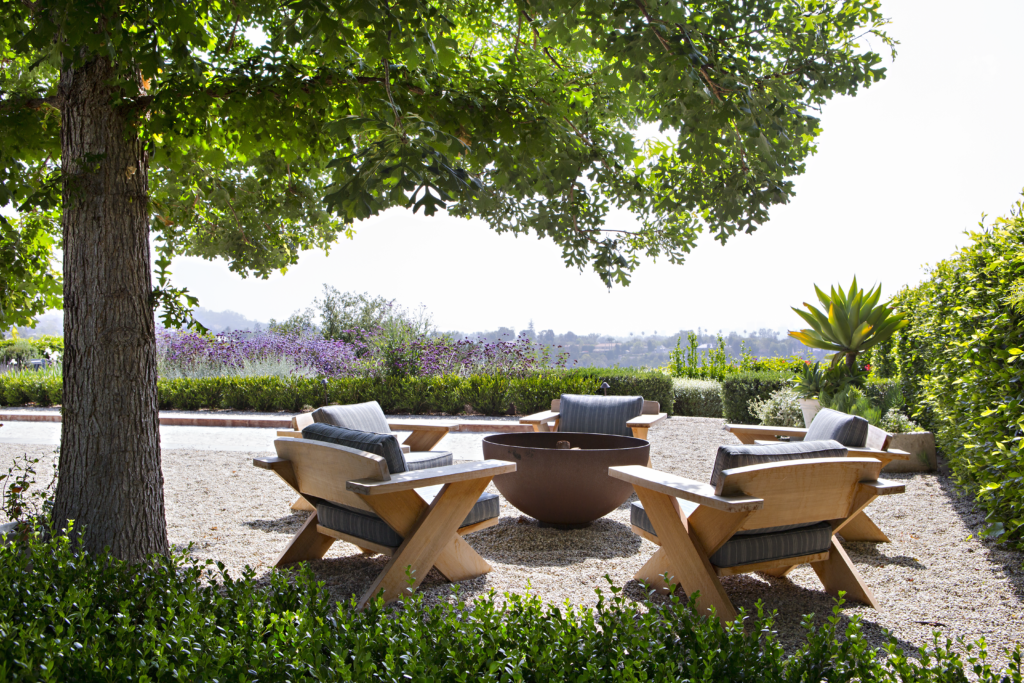
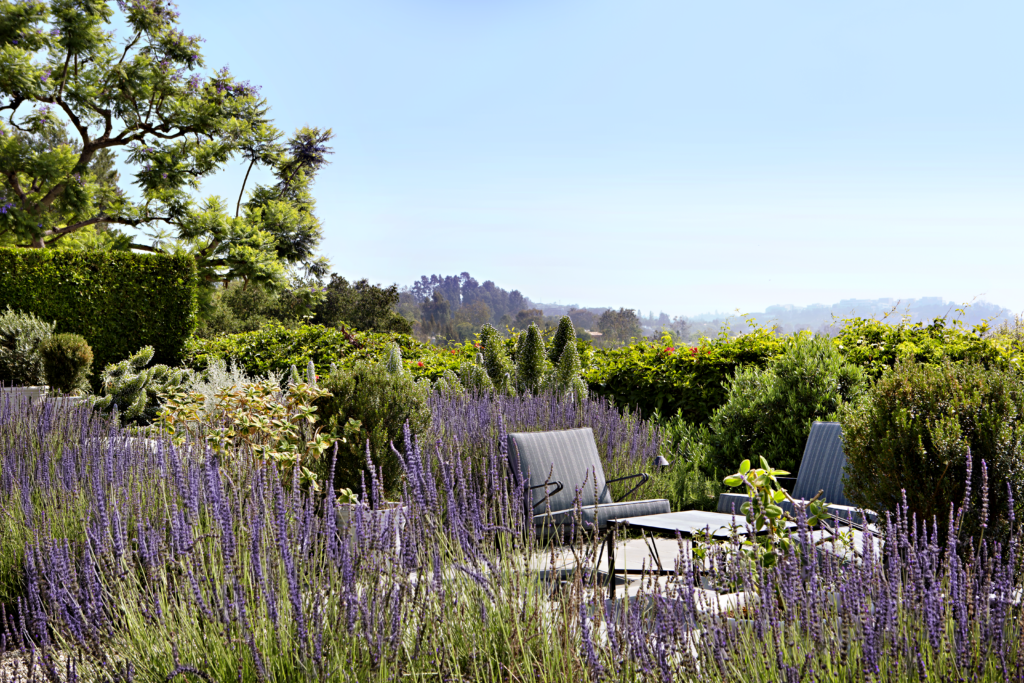
Who are some of your biggest professional influences and why?
The work of Jacques Wirtz and his sons in Belgium has also caught my eye because of how he uses sculpted, structured greens in his gardens counterposed with a lush palette of herbaceous plants to create visual tension and dynamic planting compositions.
When it comes to planting composition, I’m also excited by the work of Piet Oudolf in his use of bold drifts of plants with a focus not just on flower color but also on foliage texture and color.
What’s your idea of a perfect Sunday from a.m. to p.m.?
A perfect Sunday is getting up early to go to the local farmers market, coming home to design a menu based on my day’s purchases and cooking an elaborate dinner for family or friends.
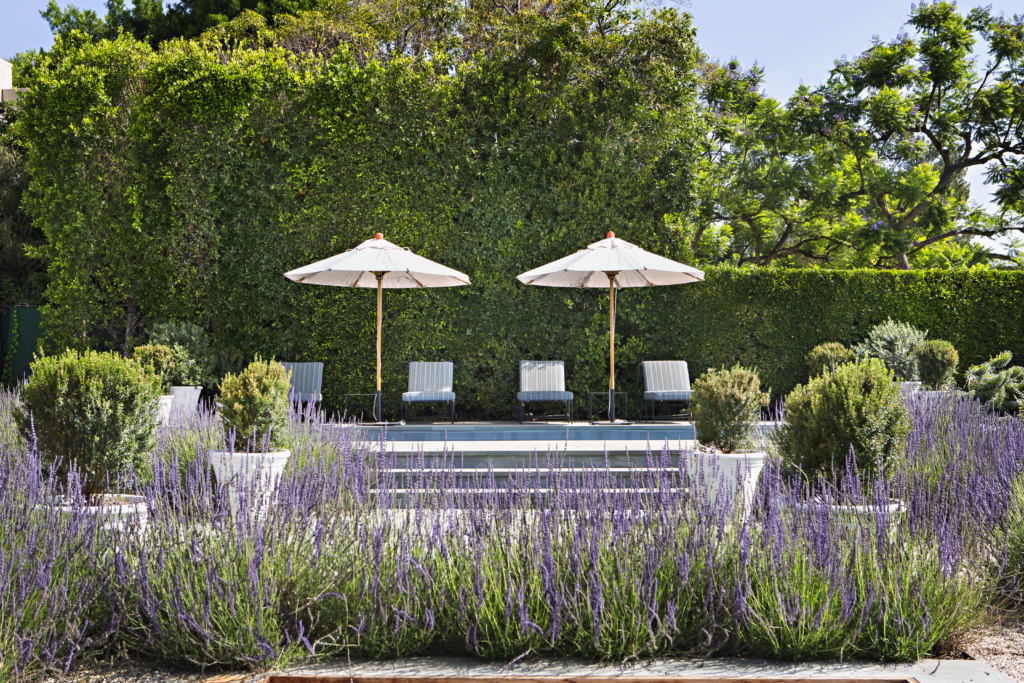
Lightning round!
Go-to karaoke song?
“Nothing Compares to You” — Sinead O’Connor.
First concert?
The Rolling Stones.
Favorite Netflix binge show?
Breaking Bad.
Favorite ice cream flavor?
Ben and Jerry’s Cherry Garcia.
